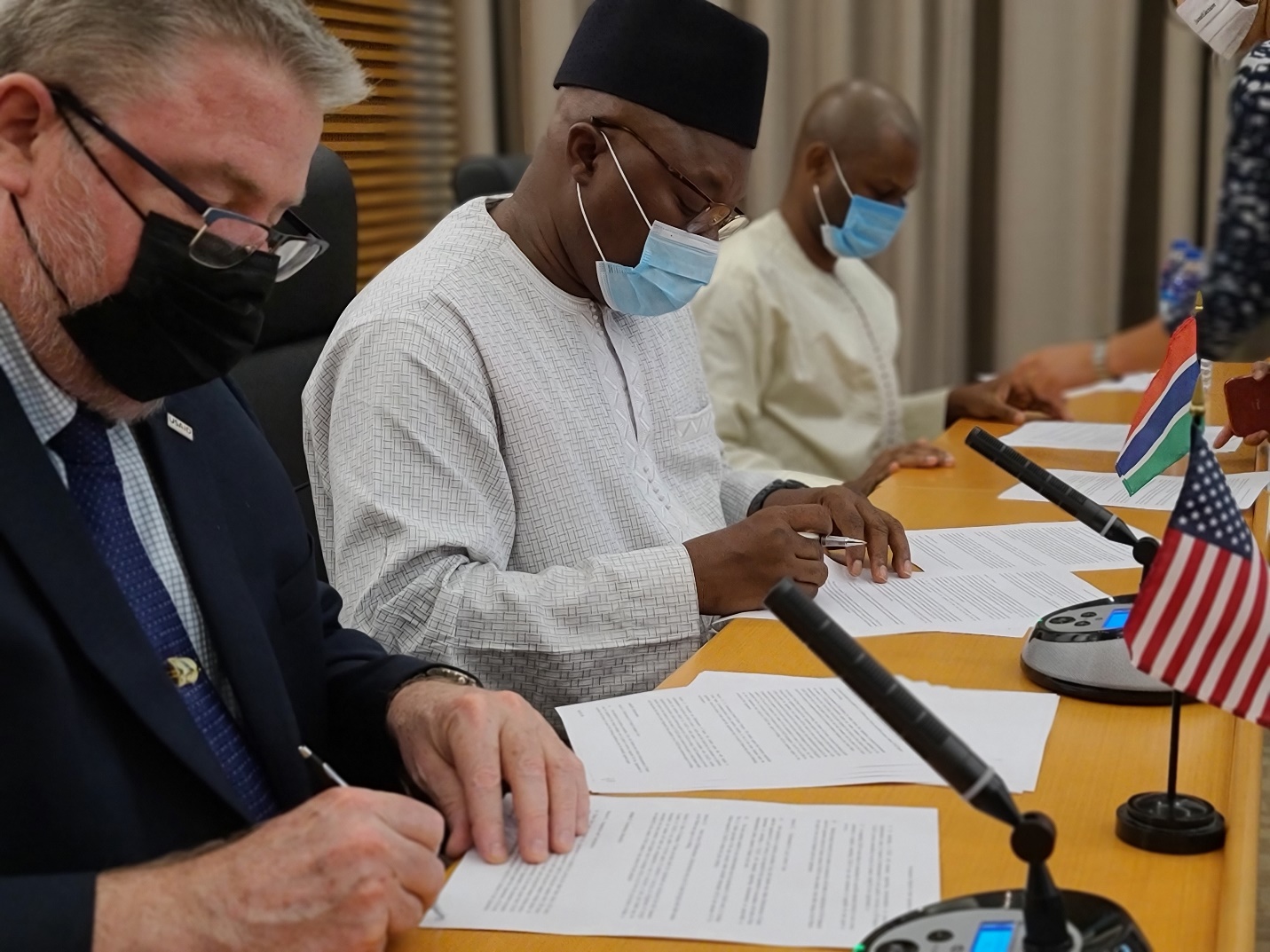It is no gainsaying that tourism as a global industry has been evolving in leaps and bounds due to changes in life style and rapid technological trends. The need for tourism destinations as well as tourism business units to pay attention to these changing trends has become imperative, cognizant of the fact that ”in such an environment the competitive advantage of destinations and enterprises will depend on their capacity for innovation and creation of added value in their products and services”.
Accordingly the erudite Professor of Tourism Management Dr Ernie Heath underscores that “from a destination marketing perspective the tourism product encompasses the total spectrum of the tourism experience, including accommodation, natural and other resources, entertainment services, transportation, food and beverages, recreation and other attractions”. He went further to elaborate that “the package tour offered for sale at an inclusive price by the tour operator and bringing together all these elements is a simplest example of a tourist product”.
However it must be pointed out that an individual travelling alone and buying separately the available facilities and services composes his own product. What is striking is the fact that each of these components is supplied by individual tourism business units such as hotels, restaurants, ground tour operators, equipment hirers or other suppliers and is offered directly to the tourist by them to constitute the “total” tourism product offering and experiences.
Thus tourism has a great multiplier effect as all the elements in the chain benefit immensely in terms of revenue generation and employment creation.
It is against this background that the All Inclusive Package must be viewed and it refers to vacations where virtually everything is included in the prepaid package and visitors would know in advance the cost of the core elements of their holiday. This will bring financial certainty in vacation planning, eliminates the risks common with prepaid bed and breakfast packages. With AI all financial decisions are premade and prepaid. Therefore any extra spending during holiday would be at the discretion of the guest.
However, due to the dynamic nature of tourism All Inclusive Holidays and resorts have come of age. In years gone by the market for AI holidays was dominated by the likes of Club Med, Super Clubs and Sandals, but due to new holiday ideas, they are moving to more upscale resorts and destinations which are offering very enticing AI packages that are simply not limited to “on resort spend” to the exclusion of “off resort spend”.
Excursions planned and inclusive and site –seeing packages are examples of shifts in trends of all inclusive vacations. In a nutshell, the modern all inclusive package is flexible enough to accommodate discretionary spend on site seeing tours as well as excursions and related activities. There is an ongoing debate about the pros and cons of this tourism package, and the issues raised herein are just another humble perspective.
Granted the AI package for reasons best known to all tourism stakeholders is the new normal for a huge chunk of travelers and because of this high demand, the travel trade has embraced it wholeheartedly. A large percentage of today’s society has become time poor so the urge for AI is very great and AI is designed for people seeking comfort and ease from their holidays from the word go. Indeed studies have shown that 6 out of 10 people now look for All Inclusive resorts when planning their vacations and no wonder AI resorts have proliferated throughout Asia, Africa, Caribbean and even Europe.
Thus for destination Gambia to be competitive there is the need to follow suit, to decongest the restrictive nature of the Gambia tourism offer, which is limited to few experiences, some boring. To reverse this trend there is the need to add the All Inclusive package in our tourism menu. However, this should take a cue from the positive experiences of other destinations such as Senegal, Kenya, Cyprus, Maldives, and Turkey etc.
Suffice to say, given the dynamics of Gambia Tourism, there is a good case as well to embrace AI with care and a balanced and perhaps a soft approach should be adopted initially. In this case a gradual approach is recommended whereby a select number of hotels that are ready for AI in terms of resources, know-how, location and trained personnel should be allowed to go for the AI Package.
This is critical as AI Visitors are very demanding and the hotels must buckle up for all the challenges including providing a variety of choice of places to eat and drink with contrasting ambience, providing enough space for 90% of guests to use sun beds, and adequate space by the pool and the beach.
Good quality day and night animation programs are an essential element of AI and must be in place. High quality food and beverage service is a must and this also has a high potential complaint ratio thus deserves all the attention.
According to one travel writer as an AI guest “you are chained to your hotel. You have bought the AI package so you might as well use it.
This attitude keeps tourists chained to the resort for all their meals. Aside from missing out on great restaurants and experiences, you will feel restricted by having to return to your hotel every time you are hungry. If you do decide to eat off premises, then you are losing the money that you have spent on the package. Catch- 22”.
On the other hand, a leading tour operator underscores that “people buy a package and pay one price get everything included. We also see like in Jamaica that local restaurants that are situated nearby the hotels do not go out of the business, as they get more clients from the hotel.
Sometimes clients go out to eat or even hoteliers make deals with local restaurants to have a “dine around programme”. In any way we support all inclusive and we do believe this can help the occupancy in every hotel.”
Going forward and as we embark on process of reintroducing the AI package, it is only prudent that studies and subsequent policy and technical guidelines on AI undertaken and adopted at the level of the MOTC, defunct GTA in collaboration with the tourism stakeholders should be revisited as well as earlier studies conducted at policy level can also offer valuable insight on the various aspects of All Inclusive and possible side effects.
Based on informed realities and following broader consultation, at the time, it was felt necessary to set aside an area of land within the Tourism Development Area for the promotion and development of high end 4 to 5 star All Inclusive hotel facilities. This new resort was to be located between Tujereng, Batokunku and Tanji and was earmarked to be The Gambia’s All Inclusive Resort Zone, which is expected to bring the benefits that accrue from All Inclusive business without jeopardizing the businesses clustered around the existing hotels, excluding then Sheraton Hotel.
This is in tandem with international best practice, and in line with that policy, for some clusters in the TDA, given the nature of tourism development and all the related activities, were not deemed appropriate for AI development.
The bottom line is to ensure a more balanced approach through careful planning with a view to ensuring that AI becomes a blessing not a curse. Lest we forget tourism is the only hard currency earning product that can be designed, produced, packaged and operated entirely by development countries themselves, thus making it a key poverty alleviation tool.
By Lamin Saho
The author is a tourism consultant and served as Director of Marketing of the defunct GTA/ GTBoard as well as Director of Planning, Ministry of Tourism and Culture.





